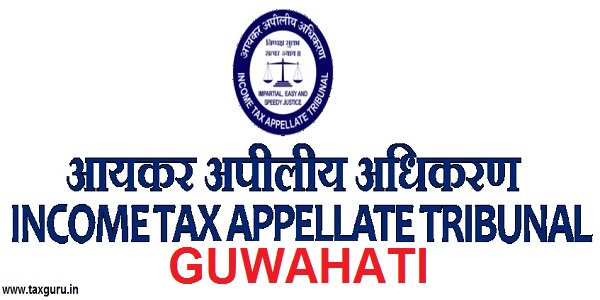Sometimes we wonder how creative GSTN authorities are! Ideally, GSTN was supposed to translate the GST law and Rules into the implementable reality. However, they are so creative that they have discovered something which does not even exist!!!
It is a well-known fact that while drafting GST Law and Rules, Government had envisaged form GSTR-2 to be Input Tax Credit statement and GSTR-3 to be formal GST return for the taxpayers. And all we know is that neither GSTR-2 nor GSTR-3 which were crucial statement/return/s have seen the light of the day even after passage of more than 3 years from the introduction of GST Law in the Country.
However, instead of working on all those pending statement/return/s of the Law, GSTN has recently come up with a statement named as ‘GSTR-2B’. Interestingly, GSTR-2B finds no mention in GST law at all! Excellent innovation! Isn’t it?
“Atithi Devo Bhav!” As Indians, we have a tradition of welcoming all guests (even if unknown), and therefore, let’s get introduced to the new unknown guest called GSTR 2B.
What is GSTR-2B?
- As per GSTN’s advisory, GSTR-2B is an auto-drafted Input Tax Credit (“ITC”) statement which will be generated for every registered person on the basis of the information furnished by its suppliers in respective GSTR-1, GSTR-5 (non-resident taxable person) and GSTR-6 (Input Service distributor)
- This statement will indicate the availability of ITC to the registered person against each document filed by his suppliers for each month on 12th day of succeeding month i.e. GSTR-2B generated for July 2020 will contain details of all the documents filed by suppliers in their GSTR-1, 5 and 6 from 00:00 hours on 12th July, 2020 to 23:59 hours on 11th August, 2020. A question may arise, if a supplier submits his GSTR-1 of April 2020 during this period of 12th July, 2020 to 11th August, 2020, whether such details would also be available in GSTR-2B for July 2020? The answer is in affirmative.
- It is a ‘static’ statement where the details of ITC of a particular month would be shown in the month in which the supplier files the details in GSTR-1. Like GSTR-2A, where the details of ITC are provided in the month to which the invoice pertains due to which the taxpayers were required to repetitively download GSTR-2A of all months.
- It is not yet known if it will have any implications over ITC entitlement to an assessee and whether departmental officers will use it to raise questions over the ITC claims of the assessee. It is also unknown if it is for a temporary period or going to last longer. However, on 5th October 2020, during the 42nd GST Council Meeting, it is discussed that in order to facilitate generation of auto-populated GSTR-3B, ITC would be auto-populated from suppliers’ GSTR-1 through FORM GSTR-2B for monthly filers with effect from 1st January 2021 and for quarterly filers with effect from 1st April 2021.
Whether Legally valid?
- There could be serious doubts on the legality of GSTR-2B due to absence of any backing from GST law. Section 16 itself is challengeable to the extent that it requires assessees to claim ITC only to the extent of GST paid by suppliers. Now, this new form having no mention in the law is indeed a questionable document.
Whether useful to the assessee?
- Taxpayers are already stressed reconciling books with GSTR-2A at invoice wise level, now, if GSTR 2B has to be reconciled with GSTR-2A and books as well, it could become a new pain.
- Since it is not dynamic in nature, it may become obsolete once a particular tax period (a month or a quarter) is over. Further, while reconciling ITC at YTD (Year to Date) level, it may not be useful– ITC restriction with respect to un-matched credit as it is a static statement as tax reported by supplier post 11th day will get captured in GSTR-2B of the next month and not in the same month. However, such transactions will appear in GSTR-2A (for the earlier month) in the same month!
History is repeating itself and similar to GSTR-2A, GSTR-2B appears to be a premature baby which would be helpful to some extent to avail ITC on monthly basis, however, it may add to reconciliations to be done for GST purposes.
Conclusion:
Ever since GST law has been implemented, on an average there is at least one Notification every alternate day. As if that is not sufficient, this kind of new forms which are not even notified, creates a feeling of chaos and uncertainty in the minds of taxpayers. Let’s hope that wisdom prevails in GST!























Sir, 2B will also be legalised wef 01/07/2017 like 3B……………
😳
every stop gap arrangement GSTN posting on assesses and building uncertainty over the period which causes annual returns and statements uncertain. There is no logic & certainty in their forms. every one will get big blow in their business.
Cynicism apart, we must admire the efforts of GST portal in providing new reports to enable the assessees to improve their GSTR3B reporting